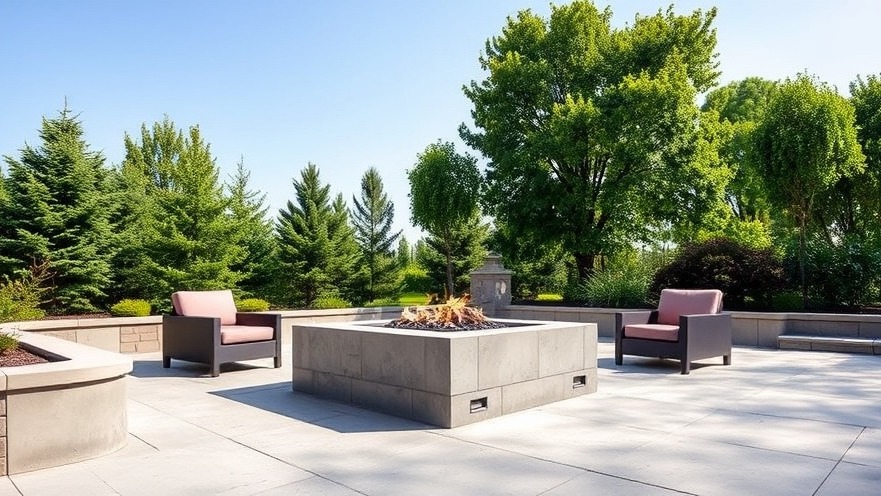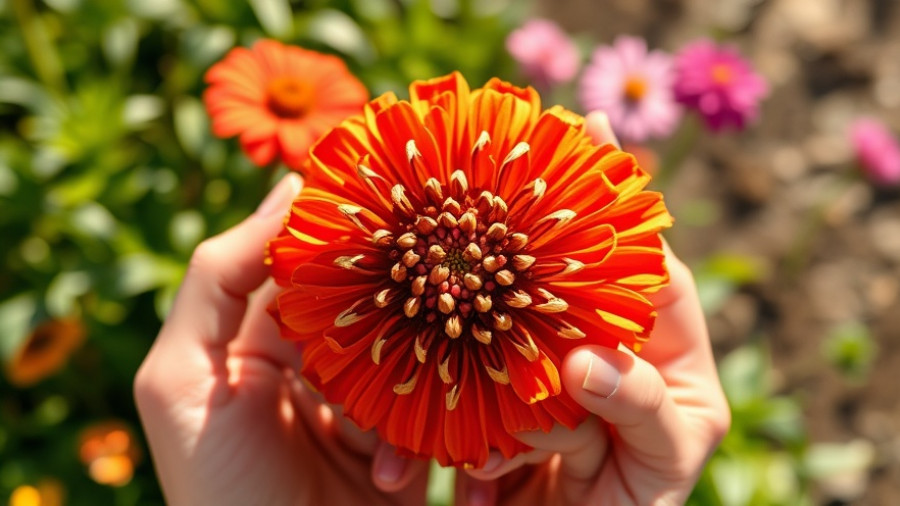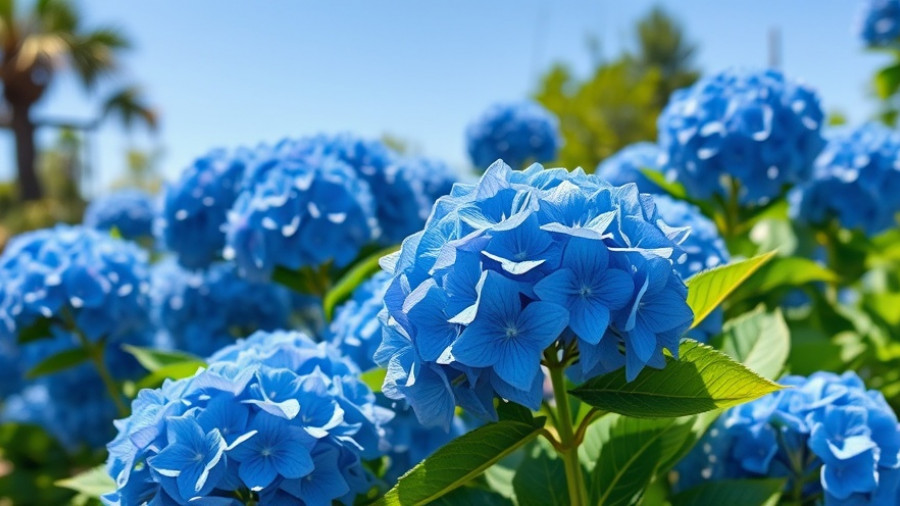
Revamping Your Outdoor Space: The Allure of Fire Pit Designs
Imagine a cozy evening outdoors, where the sound of crackling firewood mingles with laughter and stories shared under a starlit sky. Fire pits have become staples in modern landscaping, transforming backyards into havens for family and friends. If you are an outdoor living enthusiast or gardening lover, incorporating a fire pit into your landscape design might just be the perfect project for you.
In 'Backyard Fire Pit Design', the discussion dives into the beauty and practicality of fire pits, exploring key insights that sparked deeper analysis on our end.
Why Fire Pits are Today’s Backyard Essential
Not only do fire pits serve as accents for aesthetic appeal, they also offer warmth during chilly evenings and an inviting space for gatherings. Their versatility allows homeowners to customize fire pits according to their yard's size and layout, making them ideal for any garden planning.
From rustic stone configurations to sleek modern designs, the choices are endless. Whether you're looking to create a professionally landscaped area or a DIY project, integrating a fire pit can elevate your outdoor experience tremendously.
Popular Fire Pit Designs to Consider
When scouting for the perfect fire pit, aesthetics should align with functionality. Consider circular stone fire pits that radiate warmth evenly and encourage conversation. Alternatively, a square fire pit can seamlessly fit into a paver patio, creating a structured, elegant space. Incorporating comfortable seating around the fire pit is essential to promote relaxation and sociability.
Incorporate eco-friendly materials such as recycled glass, or explore fire tables that double as conversation spots during the day. Depending on your garden planning goals, a permanent fire pit might be an excellent option, but you may also consider a portable one that can be enjoyed in various locations.
Enhancing Your Fire Pit Experience with Landscape Lighting Ideas
Imagine your fire pit area beautifully illuminated as twilight descends. Utilizing landscape lighting not only enhances safety but also enriches the ambiance. Strategically placed lights can guide guests to your fire pit and create a magical atmosphere. Think of soft lights twinkling like stars, complementing the warmth radiating from your fire. Solar-powered lights are a fantastic eco-friendly option and can be easily installed.
Making Your Fire Pit a Year-Round Retreat
A fire pit opens up possibilities for year-round enjoyment. Think about adding outdoor kitchen designs, like a grill or pizza oven, to complement your fire pit. This combination can turn your backyard into the ultimate entertainment hub. In colder months, with the right seasonal planting guide, you can enhance your backyard with trees and shrubs that offer beauty throughout the year, creating a visual retreat.
An eco-friendly yard care approach can also be implemented through the use of natural elements and low-maintenance landscaping. This will ensure that your outdoor space remains beautiful with minimal effort, allowing you more time to enjoy gatherings around the fire.
Taking it a Step Further: Integrating Backyard Privacy Ideas
While fire pits are wonderful focal points, privacy can elevate the experience further. Consider integrating tall hedges or strategically placed garden trellises adorned with climbing plants to create secluded spaces. These options not only reinforce your privacy but enhance your setting, making it feel cozy and intimate for gatherings.
Wrapping Up: Embrace the Joys of Outdoor Living
Fire pits are not just for warmth; they amplify our favorite outdoor moments, turning cool nights into cherished memories. The right fire pit design can be the heart of your backyard, inviting friends and family to gather and share life’s stories. With thoughtful landscaping, the inclusion of eco-friendly practices, and clever design, your backyard can become a flourishing oasis that embraces and celebrates nature.
The choices are endless and invite creativity. So, if you’re pondering a backyard makeover and wish to create an outdoor living space that captivates, consider a fire pit your starting point. From cozy gatherings to happy summer nights, it all begins around the flame.
Now it’s time to gather your ideas, start your planning, and bring your backyard dreams to life!
 Add Row
Add Row  Add
Add 




Write A Comment